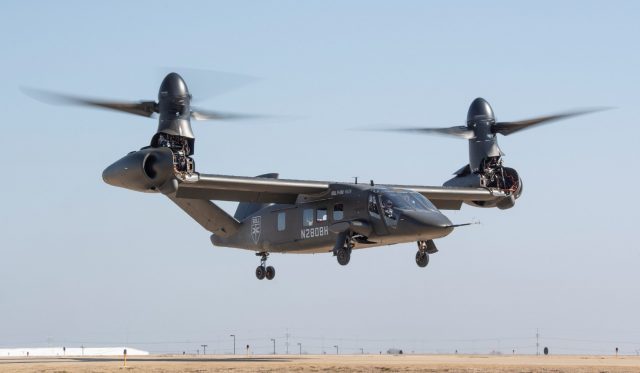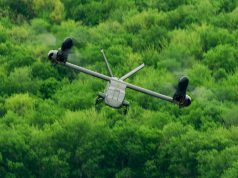The US Army has awarded Bell and the Sikorsky-Boeing team contracts worth $576 million for the second phase of the Future Long Range Assault Aircraft (FLRAA) Competitive Demonstration and Risk Reduction (CD&RR) efforts.
Under the Other Transaction Authority (OTA) agreements, Bell Textron Incorporated received $292.6 million, while Sikorsky and Boeing received $284.4 million.
FLRAA is a key program within the US Army’s future vertical lift (FVL) ecosystem. The service expects to eventually proceed with one of the two platforms offered by Bell and Sikorsky and field the successor of the UH-60 Black Hawk by fiscal year 2030.
Boeing and Sikorsky are offering their Defiant X demonstrator helicopter for the competition, and Bell is running with the V280 tiltrotor aircraft.
The latest awards will see the companies complete an initial preliminary design event for major subsystems and the conceptual weapons system. CD&RR Phase II will execute in near parallel with the programmatic source selection activities and supports preliminary analysis of requirements for Special Operations Command, MEDEVAC and Defense Exportability Features in FLRAA.
This strategy will enable the winning offeror to complete both air vehicle and weapons system preliminary design reviews in less than a year after the programmatic contract award, thus advancing the schedule to an earlier Milestone B decision. An earlier Milestone B decision will provide more time for detailed design, building, and testing of prototype air vehicles.
“The award of these agreements is a significant milestone for FLRAA,” said Brig. Gen. Rob Barrie, Program Executive Officer, Aviation. “CD&RR Phase II accelerates digital engineering design work to the subsystem level and mitigates industrial base workforce risk while maintaining competition.”
As explained by the army, crucial to the success of FLRAA’s objectives is the deliberate integration of a modular open systems approach (MOSA) into its requirements, acquisition, and sustainment strategy. MOSA is a foundational element for all army aviation efforts and allows for the accelerated integration of capabilities. It will reduce different and divergent architectures, ensuring that both enduring and future fleets are affordable, sustainable, and upgradeable as the army encounters threats that change and evolve.



























